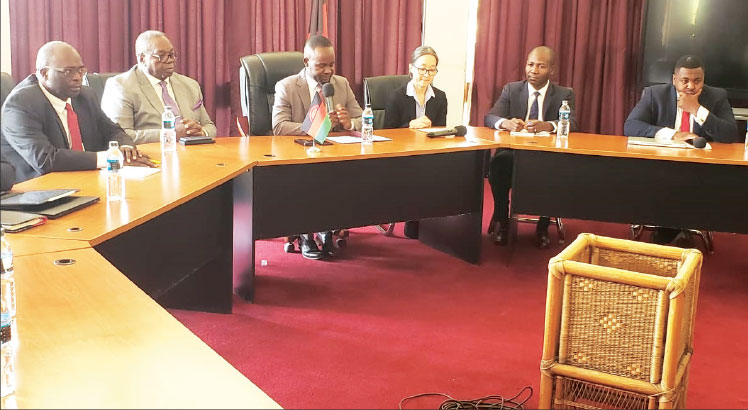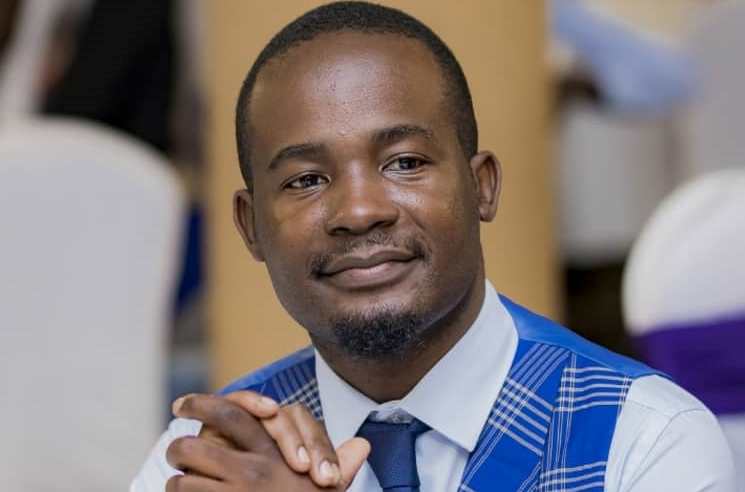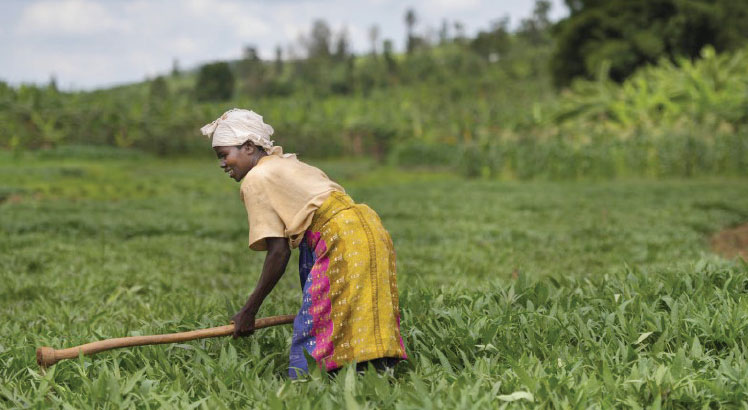What to expect from IMF’s Extended Credit Facility
The Malawi Government through the Ministry of Finance last week agreed with the International Monetary Fund (IMF) a set of economic and fiscal policies that will be supported by a new Extended Credit Facility (ECF) worth $174 million (about K191.4 billion) to be disbursed over four years. Nation Publications Limited Senior News Analyst ERIC MTEMANG’OMBE dissects what the IMF said in terms of the policy direction the government will take during the programme period.
For Minister of Finance and Economic Affairs Sosten Gwengwe, securing the ECF with the IMF is the economic boost that Malawi desperately needed.
After all, the IMF-supported programme tends to signal the donor community that a country has committed to a set of policy reforms to put the economy back on track to recovery and transformation.
But that transformation comes at a price. IMF programmes usually comes with some structural reforms that do not always resonate with the public in the implementing countries.

during a news conference in Lilongwe
The IMF team has laid out some reforms that will shape Malawi’s policy direction in the next four years.
In her opening remarks, IMF mission chief Mika Saito said the Ministry of Finance and Economic Affairs would have to “adjust expenditure to offset a shortfall in revenue and containing borrowing to slow money growth”.
The Malawi government and the fund agreed that fiscal policy will aim at achieving a debt-stabilising primary balance in the medium-term through a package of expenditure adjustment and revenue mobilisation measures.
In the three years since the Tonse Alliance ascended to power, government debt has more than doubled in nominal terms from K4.1 trillion at the end of June 2020 to K9.4 trillion at the end of March 2023.
As a ratio of gross domestic product (GDP), the debt has grown 10 percentage points from 65 percent in June 2020 to 75 percent at the end of March this year, according to the Annual Public Debt Report released by the Ministry of Finance last week.
Public debt has risen somewhat exponentially in the past 33 months mostly because of the heavy deficits the government in the last three budgets.
By the end of the 2023/24 financial year, the Malawi Government will have accumulated K3.92 trillion in budget deficit, according to financial statements released by the Ministry of Finance and Economic Affairs.
The government has mostly financed the deficits through domestic borrowing
Naturally, the IMF targets fiscal consolidation to reduce the deficits, and by extension, contain public debt. As such, the government, through the Ministry of Finance and Economic Affairs, will likely reduce government spending while simultaneously raising taxes to boost government revenue.
But there is a caveat. Gwengwe is on record as having said it would be challenging to reduce expenditures considering that most of the government’s budget outlays are committed to interest payments on existing debt, wages and statutory expenses.
In the Staff Monitored Programme with Executive Board Involvement (PMB), the Ministry of Finance and Economic Affairs committed to introducing income taxes on rental incomes and to adjust upwards customs tax on imported vehicles.
Second, the government has committed to implement policies that will help “tame inflation by ensuring positive real interest rates”. In layman’s terms, the interest rates have to be on par with or higher than the inflation rate.
Former minister of Finance in the administration of Democratic Progressive Party Joseph Mwanamvekha said he expects the government to continue raising interest rates to tame inflation and enhance economic stability.
During a monetary policy forum held in Lilongwe last July, some sections of businesses queried why the central bank keeps raising interests rates “when it was clear” that the government’s heavy appetite for borrowing is leading to an increasing in money growth and exerting inflationary pressures.
RBM’s efforts to reduce the supply of money in the market by restricting unproductive borrowing will not be as effective if the central bank continues to introduce new currency to keep up with the government’s continued borrowing from domestic banks.
But the government can find a way out of this complex nexus if it sticks to its reform to spend within its means and reduces the deficits. Otherwise, the government’s continued borrowing will continue to counteract RBM’s tight monetary policy.
Saito said external sector policies will focus on rebuilding official international reserves and facilitate a market-determined exchange rate.
It is no secret that Malawi has been experiencing some acute and protracted foreign exchange problems. In the past four months, the country’s gross official reserves, the amount of forex under the direct control of the central bank, have been hovering at less than a month of import cover.
As a result, the spread between the formal and parallel exchange rates has widened.
Earlier this year, RBM introduced forex auctions to determine the true value of the kwacha and re-align the kwacha to its true value.
The Economic Intelligence Unit said it expected the central bank to devalue the kwacha by 20 percent by the end of July to tame the forex shortages. Note that the EIU believed that the estimate was conservative.
So far, RBM has resisted calls to devalue the kwacha amid concerns that a devaluation raises the price and exert inflationary pressures and erode the gains accrued by the tight monetary fiscal and economic policies agreed in the new ECF.
Economists have also expressed concern that devaluing the kwacha without an injection of forex would only be short-term solution, a stop gap measure that will only lead to another round of forex shortage further down the road.
Which begs the question: If the ECF unlocks the grants like the government anticipates, will it proceed to devalue the kwacha? Or will the forex injections be enough to offset Malawi’s trade deficits in the short and medium term.
The next Memorandum of Fiscal and Economic Policies in November will definitely be an interesting read. It will be interesting to note the policy mix that the government will undertake to restore economic stability and spur growth in the short and medium-term.





